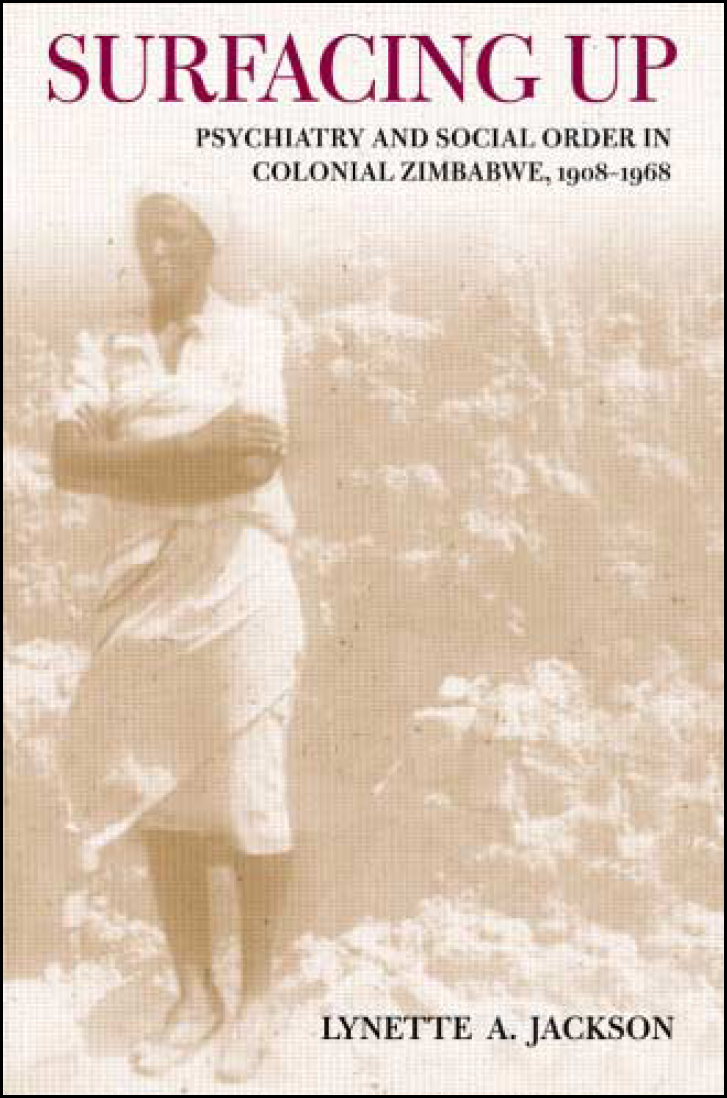
Lynette Jackson's book is an excellent addition to the growing number of publications on the history of psychiatry in colonial Africa. Other books have dealt with the contribution of colonial psychiatrists to psychiatric theories (Reference McCullochMcCulloch, 1995), the history of asylums in south-west Nigeria (Reference SadowskySadowsky, 1999) and how race and culture acted as markers of difference in colonial asylums (Vaughn, 1991).
Jackson's contribution to this subject is unique. It is a detailed study of one institution, Ingutsheni Asylum, tracing its origins, examining the conditions of daily life there and investigating the different pathways to care for men and women. Built on the site of the harem of the last independent Ndebele king, Lobengula Khumalo, it was opened in 1908 and was an addition to asylums in Robben Island, Kissy, Victoriaborg, Calabar, Accra and Yaba. From its inception, Ingutsheni received both African and European patients. The intention was that the African patients remained there until they were discharged or recovered (or escaped). For the European patients, it was simply a staging post on the way to one of South Africa's asylums.
The vast majority of male African patients (inmates) were migrant labourers, men forced by poverty from rural areas far beyond Southern Rhodesia. A migrant labourer's existence was harsh and the working conditions brutal. Jackson examines the routes into the asylum for these men, drawing attention to how behavioural transgression came to the notice of the colonial authorities. She also describes the pathway of admission for females. Mobile and unpaired, or ‘stray’, women, were regarded as exhibiting deviant behaviour and liable to be admitted to the asylum merely for being unaccompanied within colonial urban centres. Jackson describes the extent to which the colonial authorities attempted to maintain within the asylum the divisions present in wider society. This was most salient with regard to White women.
This book demonstrates how profitable it is to re-examine the institutions of colonial Africa. Asylums recreated the divisions within wider society, amplified differences and provided case material for ethnopsychiatrists to construct theories about African culture, the so called ‘African mind’, often in an effort to sustain the colonial project.



eLetters
No eLetters have been published for this article.